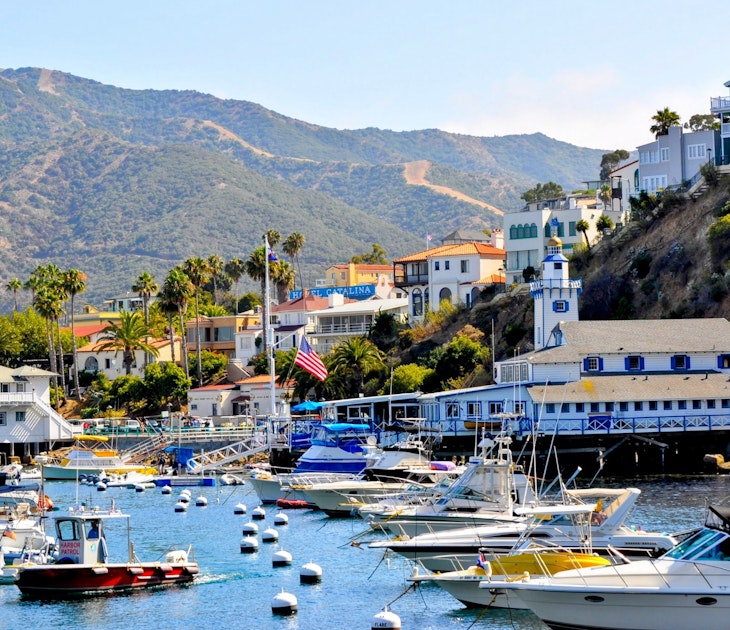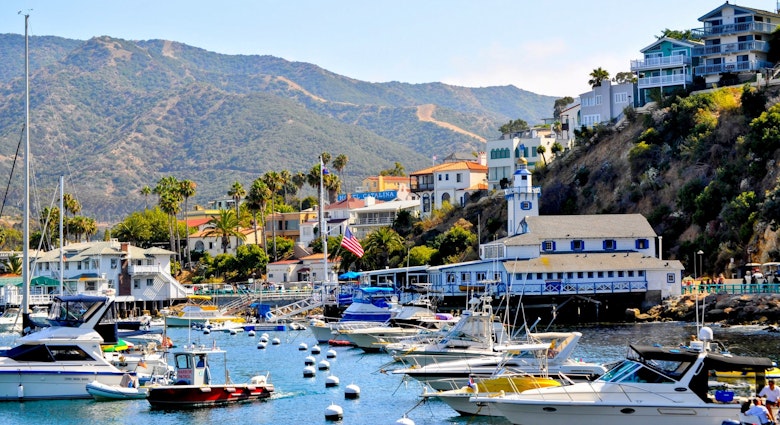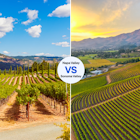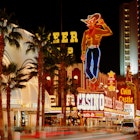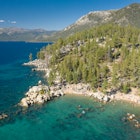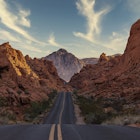At nearly five millennia old, the bristlecone pines in Nevada's Great Basin national park are some of the oldest living organisms on earth. Although they don't have the height or size of record-setting redwoods and sequoias standing in nearby California, ancient bristlecones can live over a thousand years longer, which makes hiking among them a surreal experience.
To get to them, however, you'll need to cross the “Loneliest Road in America," aka US Route 50, across the desert basin. The highway starts just outside of Reno in western Nevada and finishes halfway through Utah until it meets up with several interstate highways. The park itself is located where the two states border. Here's what you need to know.
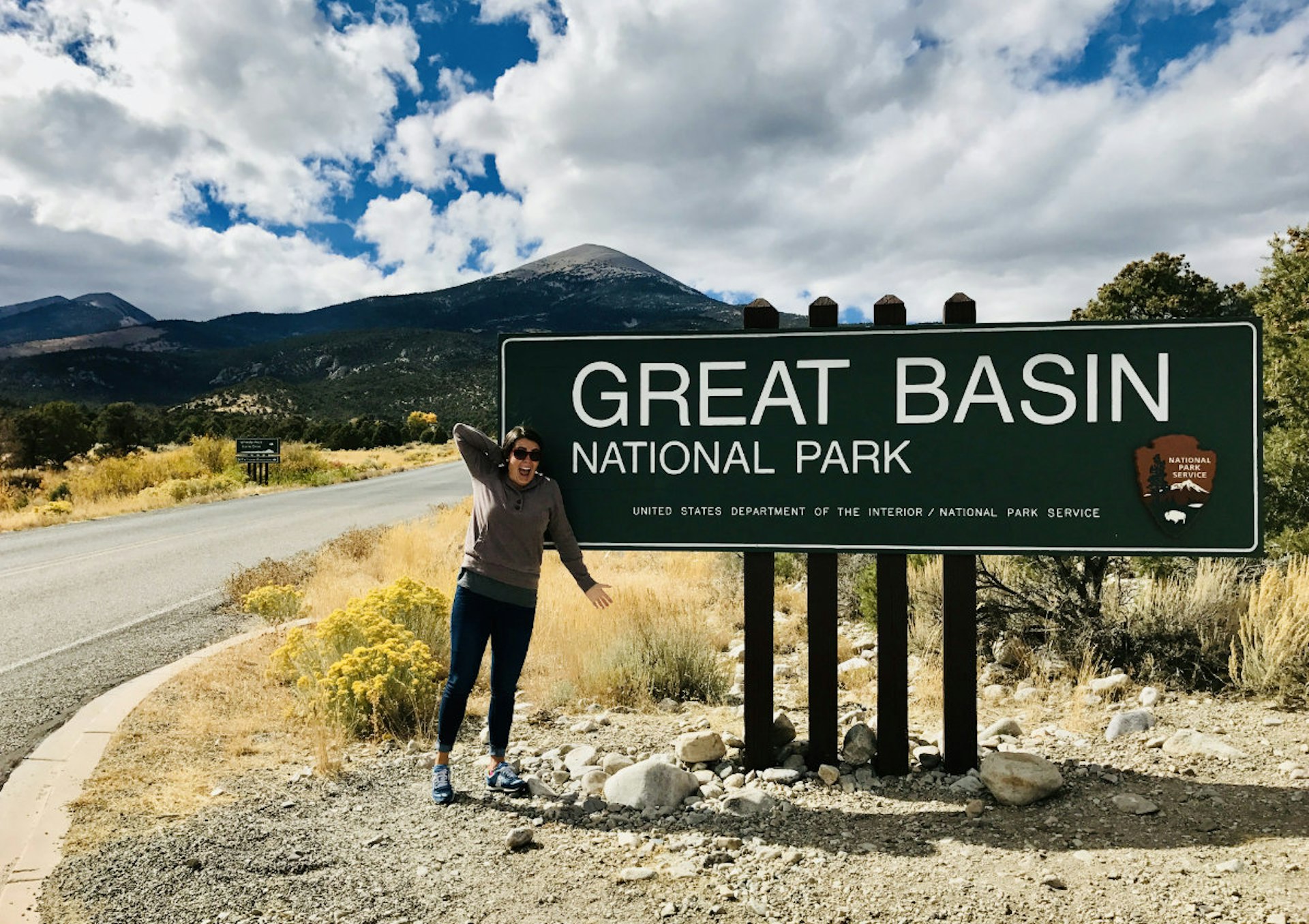
Great Basin national park
Once at Great Basin national park, you’ll be greeted by the welcome sign and Wheeler Peak behind it. As it’s been since it was first designated a National Monument in 1922 and later a National Park in 1986, Great Basin is free to visitors. With no gate agent to welcome us, my family headed straight for the main course: a half-day hike on the Bristlecone Pine Glacier Trail to get up close and personal with the timeworn trees.

Hiking through history
The trail itself is rocky and steep, around 1000ft incline in just over 2 miles. The total hike is 4.5 miles out and back from a starting elevation of just under 10,000ft. The grove of bristlecones is totally worth it, though, and the only way to get a good look at the trees. Admittedly, I came for the novelty of hiking among and seeing one of the oldest organisms on earth, but I didn’t expect to be moved as much as I was by their reverent-like presence. It’s sort of like the feeling you get walking around Rome, which is more than 2700 years old. But this is even older, built by Mother Nature or God himself.
In truth, the oldest living tree ever recorded – a bristlecone named Prometheus at nearly 4900 years old – died in the park in the 1960s. Nevertheless, many of the trees in this sacred grove are still living at over 3000- to 4000-years-old. Some of the trees have finally given up the ghost, although their enduring trunks are plain to see.
One old remnant, for example, was born in 1300 BCE and died in 1700 AD, according to scientific estimates. Still visible on the trail, the unnamed trunk lays on its side next to a metal placard that reads: “This great reluctance to die is so common among bristlecone pines; they may cling to life for centuries after reaching old age.”
While passing the trees and reading about their ages, I was humbled to think that I was looking at something that’s still living and was likely alive when the Egyptians were building the pyramids. Insert any of your favorite ancient historical references – deity, early civilizations, the aforementioned Rome – and many of these trees were alive then and still are clinging to life today! It boggles the mind.

Why do they live so long?
Great Basin – like all great deserts – is excellent at exposing the past as much as the present still clinging to life. “If you can make it out here, you’ll live a long time,” one local quipped after I asked why Nevada ages so well.
That partly explains while bristlecones have lived as long as they have. In a landscape that’s as lonely as it is mostly dead, these trees survived. They are rough on the outside but soft on the inside. The Wild West still flows in their sap. But the slow sands of time have seasoned them. To walk among these living organisms that are over 4000 years old is truly something special.
But age isn’t everything. Neither is beauty. Truth be told, bristlecones aren’t the most photogenic plants, although they can be with the right photographer. In fact, they sort of molt, with outer trunks and branches dying off, while newer branches grow from within, allowing their exoskeletons to act as a giant callous against the harsh environment. This, in turn, helps them live for thousands of years.
In a word, bristlecones are weathered, much like their surrounding environment. They are “Battle Born” like the state they grow in. In more simple terms, they are inspiring. And they are a stark reminder that time is often insignificant – unless, of course, you're in the present to appreciate them.

Getting there
While traversing Nevada, you’ll cross the Great Basin itself – which is stunningly devoid of both life and billboards – before finishing at the namesake national park. In between is wide-open emptiness, low-lying mountains on all sides, and a sea of sagebrush along the sun-drenched highway.
Before endeavoring, however, you’ll want to carefully plan your refueling stops. I audibly gulped after reading the following warning sign: “No services for 170 miles.” It’s lonelier than it sounds, however, as you’ll encounter quite a few cars along the way. But it certainly adds to the mystique.
You might also like:
Now's the time to plan a fall road trip to these national parks
Where to find the USA's 11 newest national parks
7 best US national parks to take your kids

